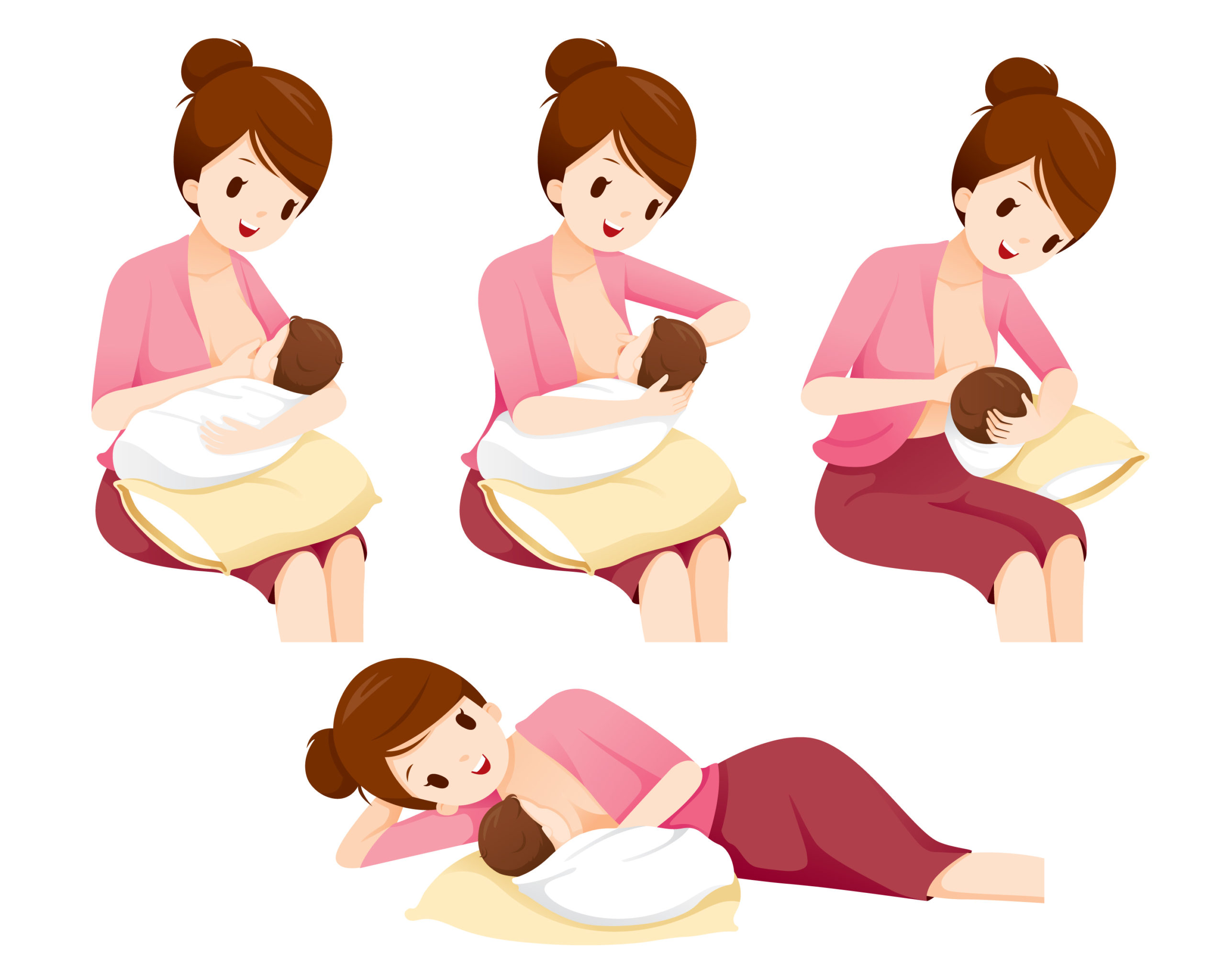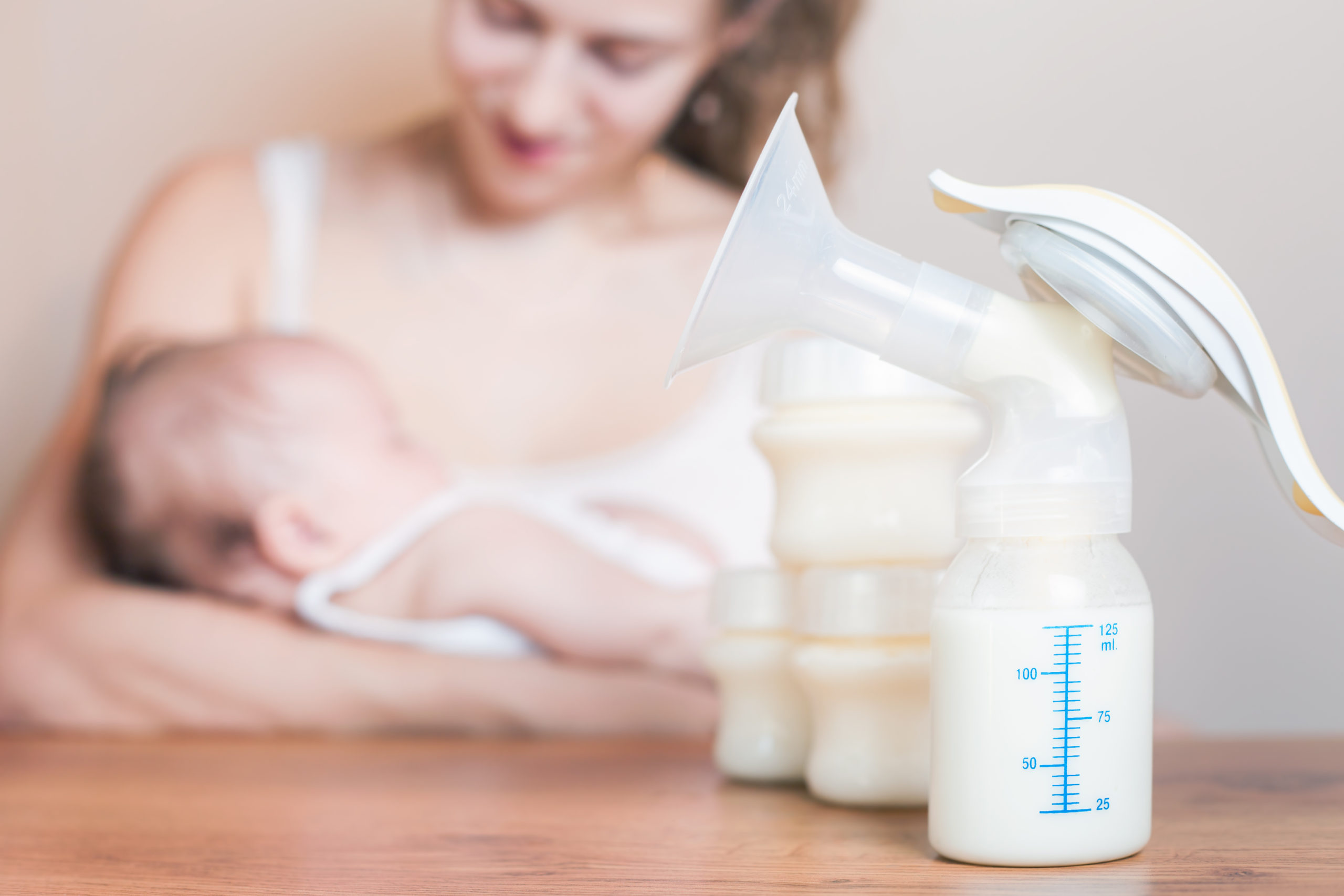- What is complementary feeding?
The transition from exclusive breastfeeding to family foods referred to as complementary feeding. From 6 months of age your baby needs breast milk and solid foods to promote health, support growth and enhance development.
- When to start/what is the right age?
As per WHO baby has to be exclusively breastfed for first 6 months (if breast milk is not sufficient then formula milk can be given). So complementary feeding should be started when the baby reaches 6 months of age.
Introduction of solid food to be led by infants developmental signs like
- Baby can sit with or without support.
- Showing interest towards food when others are eating
- Likes to put things in their mouths
At this age frequent breastfeeding should continue despite foods being introduced. During the next few months the variety and amount of foods can be increased, while breastfeeding still continues.
- How to start?
Solid foods to be started gradually after 6 months of age. At 6th month solid can be given once/twice. One feed /month needs to be increased.
So by 9th or10th month baby should be taking 3 meals + one or two snacks along with Breast milk/formula milk.
- What type of foods to be given?
Good choices for complementary foods are those rich in energy, protein, essential fatty acids and micronutrients (particularly iron, zinc, calcium, vitamin A, vitamin C and folate). These will be supplied when breast milk and a variety of suitable complementary foods are given to a baby.
Gradually increase food consistency and variety as the child ages, adapting the diet to the infant’s requirements and abilities
At 6 months: Feed mashed and semi-solid foods, softened foods
Feed energy-dense combinations of soft foods.
At 8th month:Introduce “finger foods” (snacks that can be eaten by children alone),textured foods
At about 12 months of age: Most children can eat what rest of the family eats (Family Foods).
Principles of Complementary Feeding
- No Sugar,No Salt, No Honey till one year of age
- No other liquid form of food to baby other that water,Breast Milk/Formula milk.
- Always make baby sit in upright position and feed.
- Water 30-40ml/day till 12 months.
- No cow milk to be given to baby as a drink till 12months,but it can be used as a cooking ingredient.
Practice responsive feeding
- Feed infants directly and assist older children when they feed themselves.
- Offer favorite foods and encourage children to eat when they lose interest or have low appetites.
- If children refuse many foods, experiment with different food combinations, tastes, textures, and methods for encouragement.
- Talk to children during feeding.
- Feed slowly and patiently and minimize distractions during meals.
- Do not force children to eat.
By
Archana Reddy,Nutritionist, Sahakara Nagar


 Toll Free Number
Toll Free Number
















